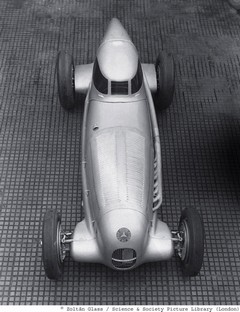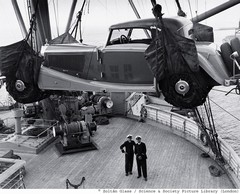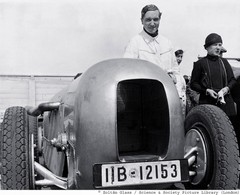Vintage Mercs Go Digital
Mercedes commissions digitisation of stunning photo archive
Mercedes' parent company Daimler AG have commissioned the digitisation of a large collection of vintage photographs of their cars taken by Anglo-Hungarian photographer Zoltán Glass throughout the first half of the 20th century.
Glass, who was known for his pictures of motorsport taken during his time living in Germany, was commissioned by Daimler-Benz in the 1920s and '30s to take pictures of their various motoring concerns, in both racing and series production. He became renowned for his shots of the 'Silver Arrows' Grand Prix cars of mid-1930s, as well as publicity shots for the company's production cars of the same era.
Glass fled Germany in 1938 and moved to London, where he lived until he died in 1981. Shortly after, an archive of some 6,000 of his images was acquired by the National Media Museum in Bradford, where they are still stored.
Daimler AG's mission to digitise the full collection of images should help make these beautiful documents of the brand's illustrious (Surely illustrated? - Ed) past more accessible for everybody, but it is not a simple process. The original negatives are photographed in high-resolution to create massive 100 megabyte files, which are then processed and turned into positive images before final treatment.
After which, PH takes them and squeezes them down a little more, to bring you a few preview pics in this humble news story...
The digitisation of the archive is due for completion in April 2010 - so a future 'Pic of the Week' slot may well be on the cards!
It isn't exactly brain surgery. A well trained monkey could do it. Indeed, this well trained monkey has. I doubt they photograph the negatives either. They probably use a drum scanner.
Gassing Station | General Gassing | Top of Page | What's New | My Stuff






